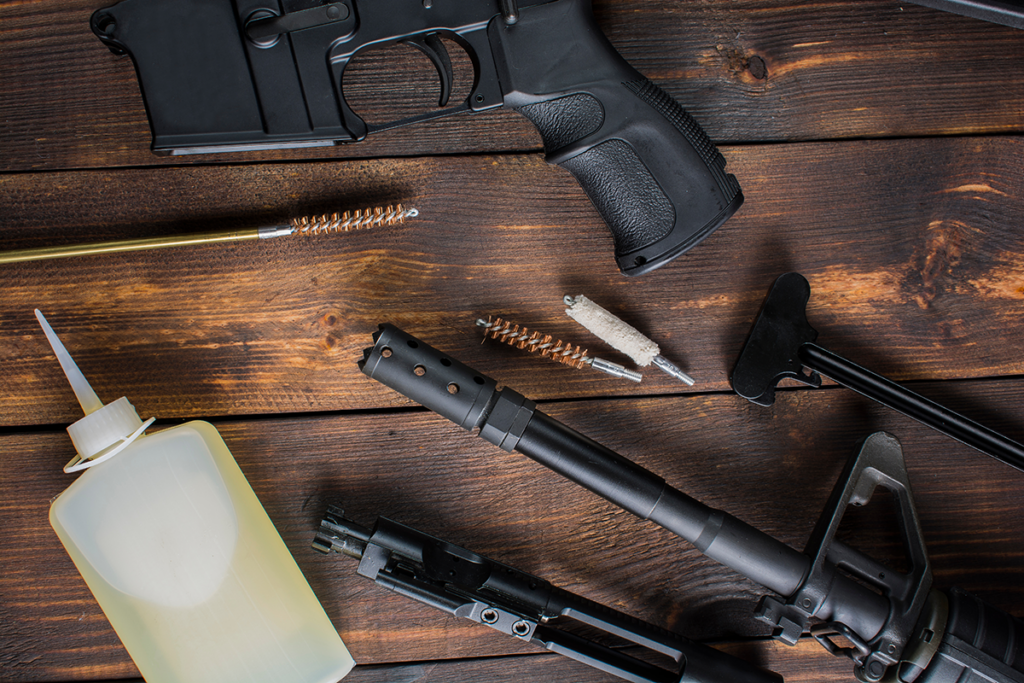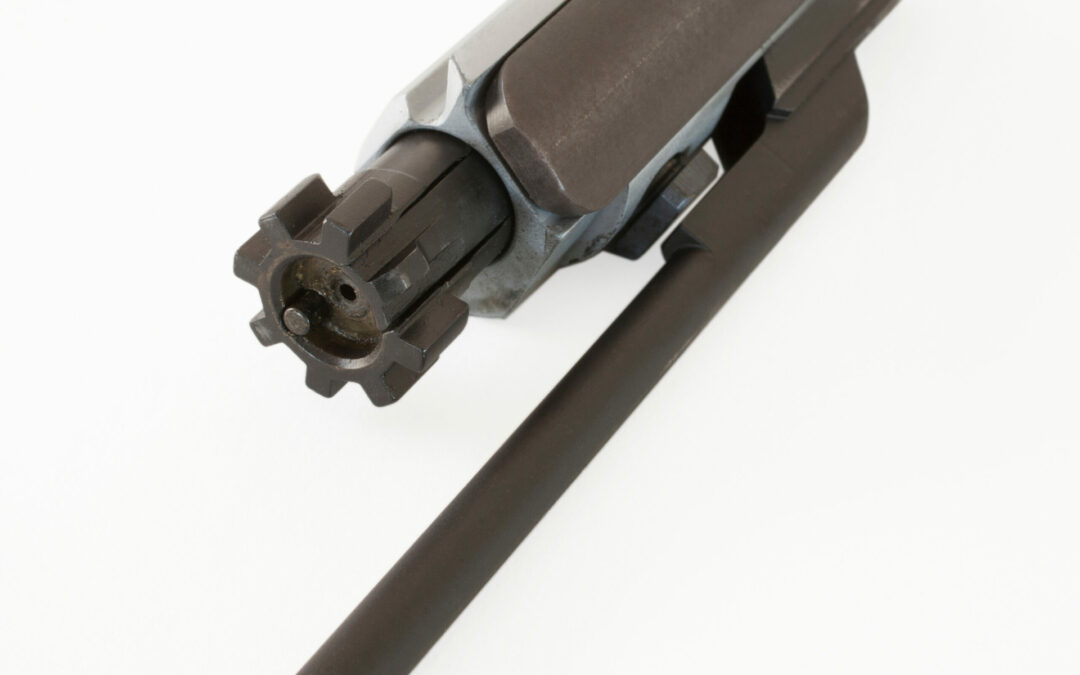The AR-15 platform has become one of the most popular firearms among shooting enthusiasts, primarily due to its modular design, reliability, and ease of customization. One essential component that plays a crucial role in the performance and safety of an AR-15 is the firing pin. Let’s explore the materials used for AR-15 firing pins, how to maintain them, and how they impact the overall performance of your firearm.
Materials: Firing Pin Composition and Durability
The materials used to construct a firing pin can significantly influence its durability, performance, and longevity. The most common materials for AR-15 firing pins are steel, titanium, and aluminum. Steel is the standard material used for firing pins in most AR-15s, with the most common type being Carpenter 158 steel. Steel firing pins are known for their strength, reliability, and affordability.
Titanium firing pins, while more expensive than steel, offer several advantages. They are lightweight, corrosion-resistant, and have lower inertia, which can result in faster lock time and reduced chance of primer indentation caused by inertia during cycling. However, titanium firing pins may wear more quickly in some cases, primarily if used with high-pressure cartridges or rapid-fire shooting.

Maintenance: Keeping Your Firing Pin Clean and Functional
Proper maintenance of your AR-15′s firing pin is crucial to ensure the reliability and safety of your firearm. Regularly cleaning and inspecting the firing pin can prevent potential failures, such as light primer strikes or slam fires. Here are some steps to follow when maintaining your firing pin:
- Disassemble the bolt carrier group (BCG): Remove the firing pin retaining pin, bolt cam pin, and the bolt itself from the BCG.
- Clean the firing pin: Use a soft brush and solvent to remove carbon buildup and debris from the firing pin. Pay special attention to the tip, as most fouling occurs here.
- Inspect the firing pin: Look for signs of excessive wear, cracks, or deformation. If any of these are present, replace the firing pin.
- Lubricate the firing pin: Lightly apply a thin coat of high-quality gun oil to the pin before reassembling the BCG.
- Reassemble the BCG: Reverse the disassembly process, ensuring all components are correctly aligned and secure.

Performance: How Firing Pin Design Affects AR-15 Function
The design of the AR-15 firing pin can have a significant impact on the performance of your firearm. The firing pin’s weight, shape, and material can influence lock time, reliability, and accuracy. Lighter firing pins, such as those made from titanium, can reduce lock time, improving accuracy by minimizing firearm movement between the trigger pull and the round being fired.
However, it’s essential to understand that the firing pin is part of the more extensive AR-15 system. While upgrading to a high-quality firing pin made from premium materials can improve performance, it is crucial to maintain and inspect all components of your AR-15 to ensure optimal function and safety.
Understanding the materials, maintenance, and performance of your AR-15 firing pin is vital for ensuring the reliability and safety of your firearm. By selecting the appropriate firing pin material, properly maintaining it, and understanding its role in the firearm’s overall performance, you can optimize your AR-15 for your specific needs and shooting preferences.

